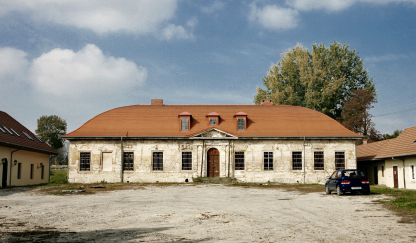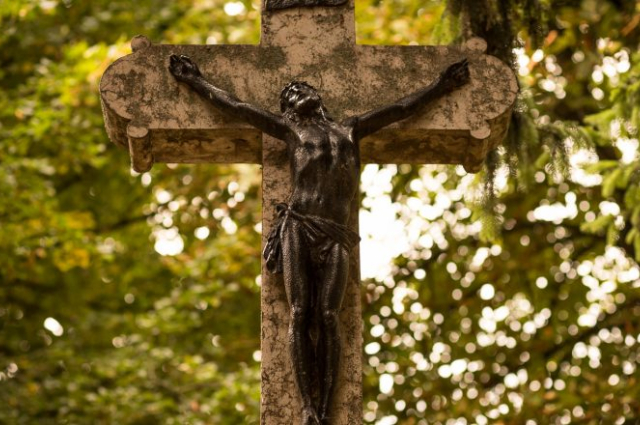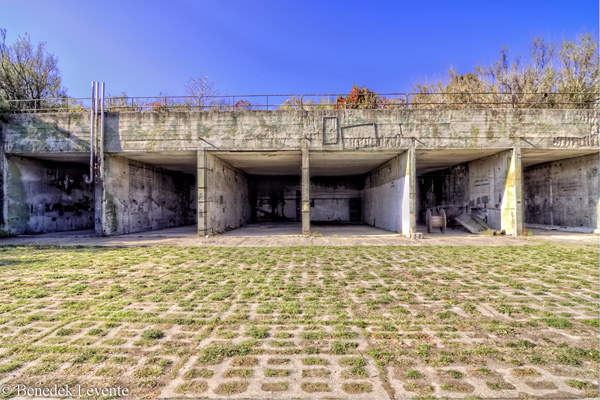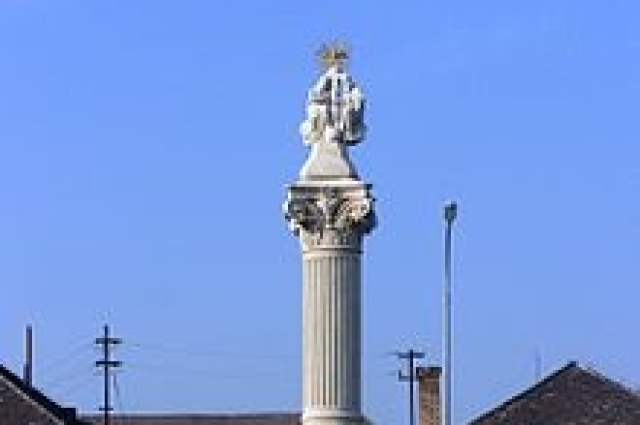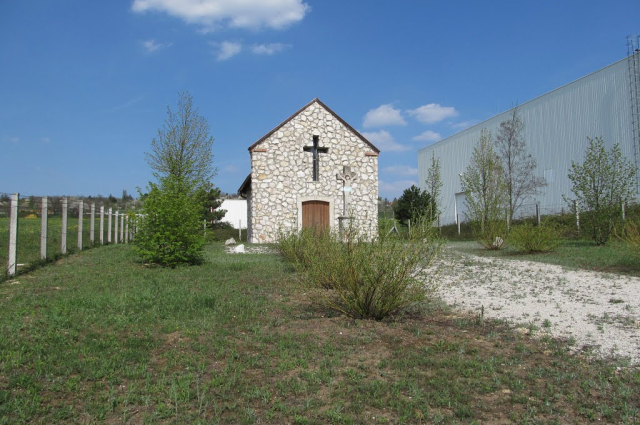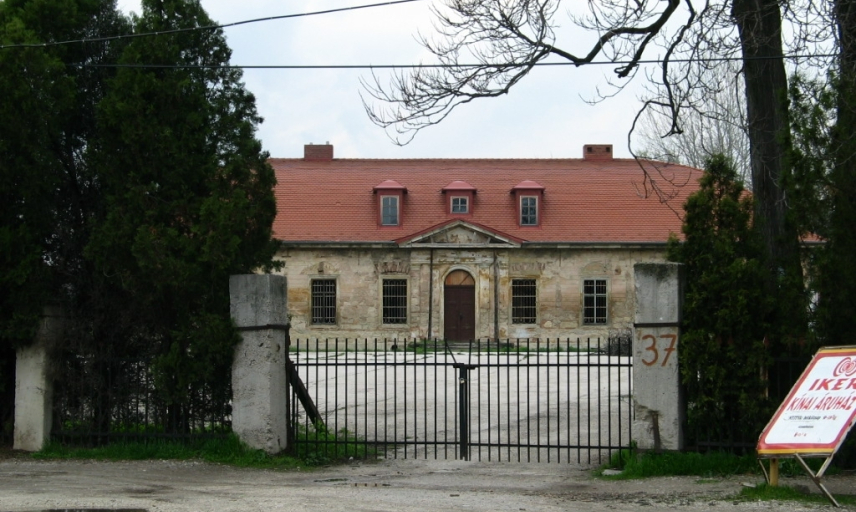
Splény-Várady Palace
The palace was built in 1825 based on the designs of the owner’s wife, Mária Splényné Szily.
Ignác Splényi died in 1840, the family was disgraced by the role played in the War of Independence and had to sell the estate.
The Viennese empire-style palace, where the fence poles, according to legend, were made from the barrels of rifles used in the 1848–49 War of Independence, was purchased by Habsburg loyalist József Dicskei Várady, court counsel.
The Splény family, which has Tyrolean origins, moved to Hungary in the 1600s. Most male members of the family were employed in the military. Hussar colonel Ignác Splény and his family settled in Páty at the beginning of the 1820s and were key players in the life of the village for decades. Hussar colonel Ignác Splény was a passionate gardener. The decorative courtyard in front of the palace and the garden behind the palace were implemented based on his design. Following Ignác Splény’s death, ownership of the estate transferred to József Dicskei Várady, adviser to the Chancellor, who was famous for his passion for collecting. He was a great admirer of antiques, had an extremely rich library and collections of medals and minerals. Part of his antiques collection was exhibited in the Hungarian National Museum in 1876. The Várady family left the country in autumn 1944, emigrating first to Salzburg and then Switzerland. After 1945 various different organizations used the palace for different purposes, it was bought again by Páty local government in 2008.
SPLÉNY-VÁRADY PALACE
Address: H-2071 Páty, Rákóczi utca 37
GPS: 47.51372,18.82396
Similar results
Roadside crosses
A templommal szemközt és a Petőfi utca végébenThe roadside crosses were usually erected through individual commitments or gratitude, while at the same time they often...
MoreMissile base monument
2072 Zsámbék külterület Őrsi-hegyIn the 1970s, during the Cold War, the object now regarded as a tourist sight was built as one of 12 ground-to-air defense...
MoreThe Bia Holy Trinity Column
2051 Biatorbágy, Szentháromság térThe history of the Holy Trinity Column, located today in the middle of the roundabout, dates back to the Baroque era in the...
MoreRosalia Chapel
2051 Biatorbágy, Rozália parkThe chapel built to commemorate the storm in 1732 was significantly rebuilt when the industrial park was developed in 2002.
More